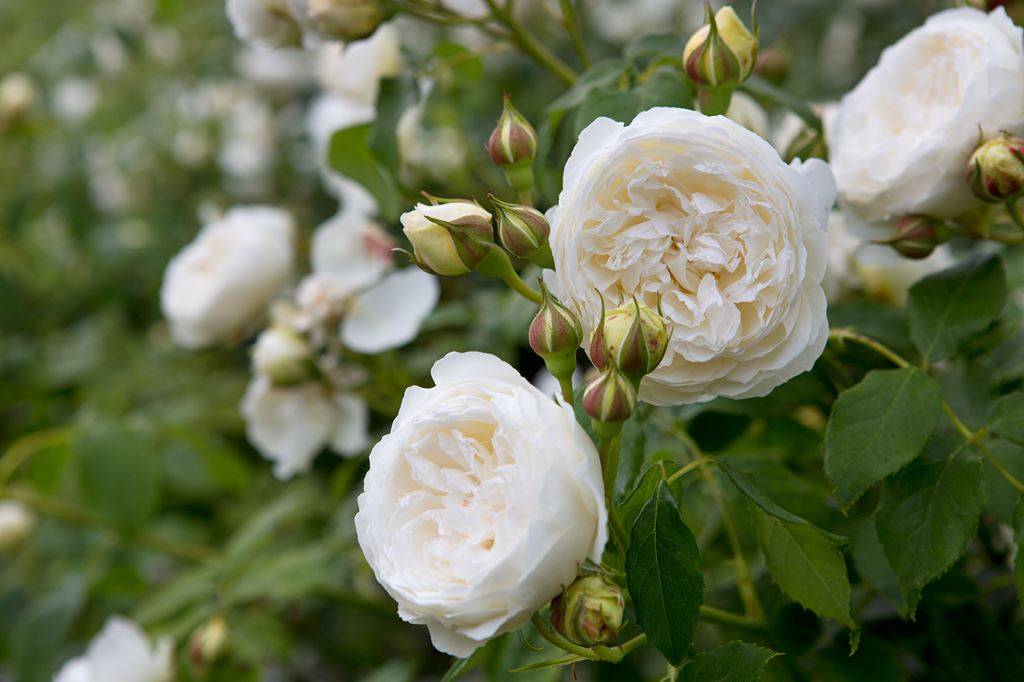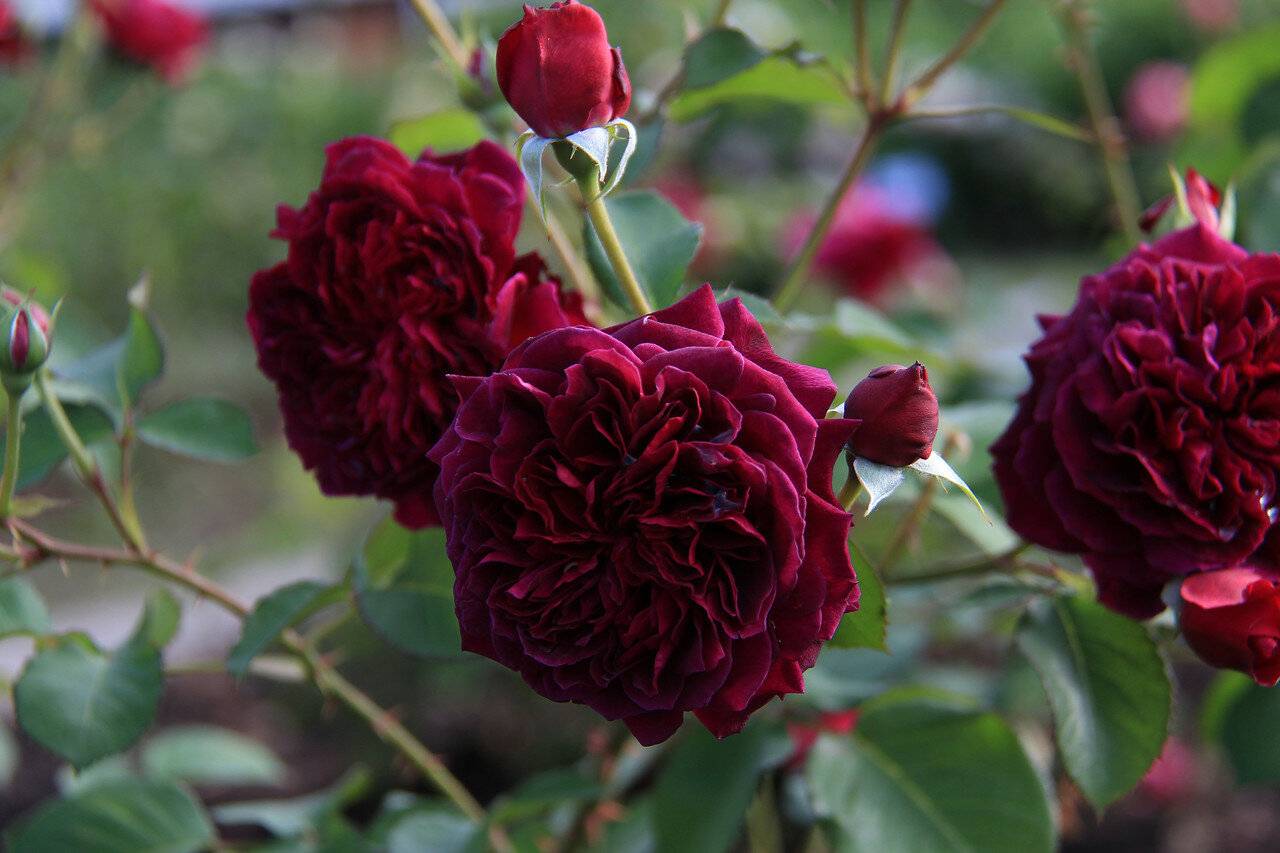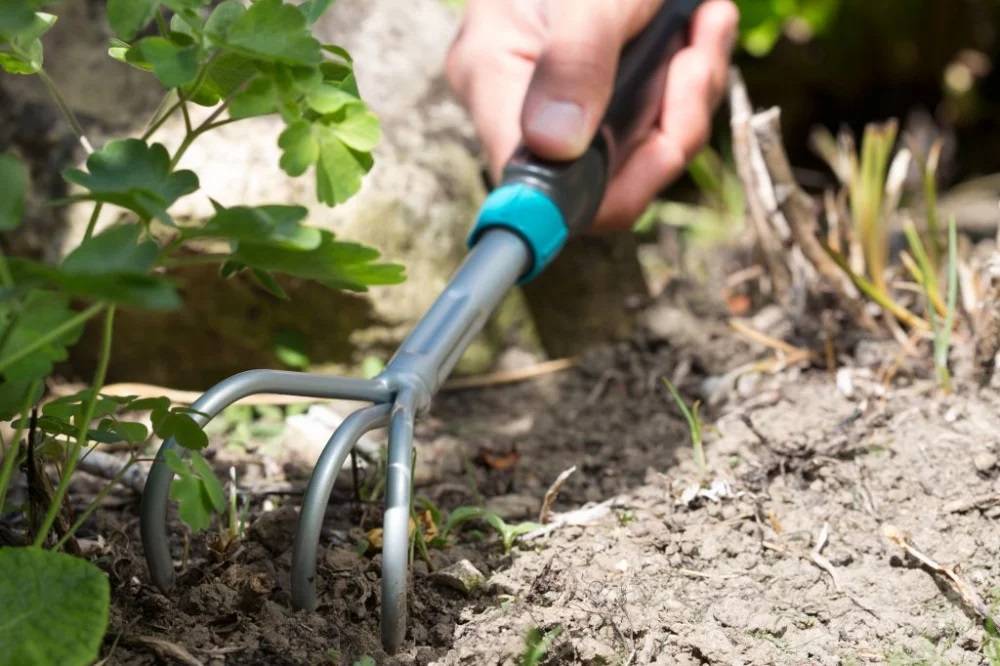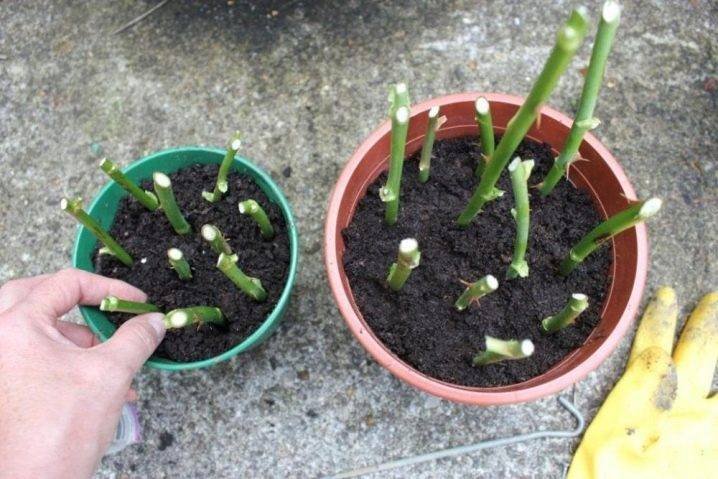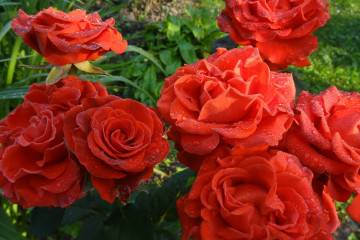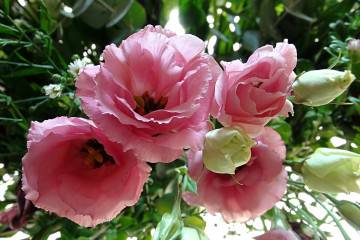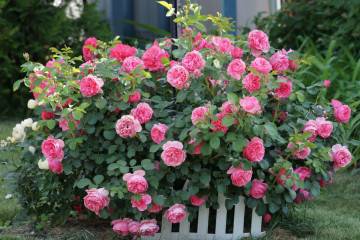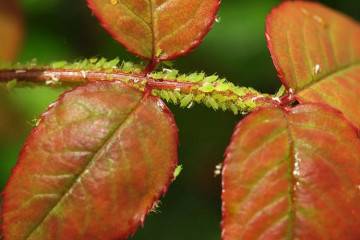Peony roses - what is this variety
Content:
Peony roses are used in the design of almost any landscape. These bright fluffy flowers bloom for a long time and do not fade in the sun. Some varieties of roses tolerate winter quite easily and almost never get sick.
Peony roses - what is this variety
Peony roses are also called English roses. This is not a young subgroup of rose bushes, which they developed back in the middle of the 20th century. famous English breeder D. Austin. They have lush and dense double buds that do not fully open, which makes them look like peonies in shape.
Types of peony roses and varieties with names and descriptions
It is more convenient to divide peony roses into groups according to their appearance, the main of which is the color of the buds.
Pink peony roses
Pink varieties are most popular because of their delicate color.
Constance Price
It belongs to the climbing subgroup, as it has sprawling branching shoots reaching a length of 6 m. Pastel pink buds do not fully open until the very end of the season.
Eglantine
Eglantine is a peony bush scrub rose that blooms in several waves, from which it seems that its flowering is continuous. The shrub has a low resistance to diseases and therefore requires special care. The color of the flowers is almost identical to Constance Price.
Miranda
The pink peony rose Maranda has a two-tone color of the buds, closer to the base it is pale lilac, and at the edges of the white shade.
White peony roses
White peony roses include flowers not only with a pure snow-white shade, but also with small areas of other shades.
Snow Goose
Tall shrub, reaching almost 3 m in height. Flowering lasts almost the entire season. Small creamy roses bloom on the bush. The bases of the petals are colored in a light pistachio shade.
Tranquility
A lush rose with a delicate pink base and white edges of the petals. Large flowers have an average diameter of 12-14 cm. Flowering occurs twice in one season.
Claire Austin
Claire Austin's flowers, in addition to a white tint, have a slightly yellowish color. The crown of a low meter-long bush takes on the shape of a ball as it grows. No more than 3-4 flowers appear on one shoot.
Yellow peony roses
Among the yellow varieties of peony roses, there are practically no flowers that are completely painted in a sunny color.
Golden Celebration
One of the most famous varieties of English climbing peony roses.The height of an erect shrub is about 1.5 m, the width also has the same diameter. Large flowers 15-20 cm are painted in a pale yellow color, some petals are creamy.
Graham Thomas
The height of Graham Thomas is the same as that of Golden Celebration, but in the southern regions it can reach 3 m. Large and fluffy double buds are painted in a yellow-peach color. One inflorescence contains no more than 5 flowers. They have a strong aroma that can be felt even at a great distance.
Red peony roses
Red peony roses tend to retain their decorative abilities for a long time, even after they are cut to form bouquets.
William Shakespeare
Peony roses with a very beautiful appearance. Large fluffy buds in the shape of a ball and have a rich lilac-burgundy hue. The color of the flowers may vary depending on the lighting. One inflorescence grows from 3 to 5 buds, which are evenly spaced along the upper part of the shoot. Combined with vibrant, deep green foliage, the deep red buds create an incredible contrast.
Benjamin Britten
Benjamin Britten looks like a lighter copy of the William Shakespeare hybrid variety. The height and width of the bush is about 1 m, but despite its small size, the plant blooms profusely with large double buds. In addition to the red hue of the petals, there are roses and dark orange tints.
Due to the fact that the inner petals are larger than the outer ones, it seems as if the rose never fully blossoms.
Othello
A rather capricious variety in care that does not tolerate frost well. It has large crimson buds with many small petals.
Tradescant
The shade of these flowers is even darker than that of the William Shakespeare variety, they have a maroon shade. As the bud blooms, the petals begin to darken and by the end of autumn may become almost black. Small buds do not exceed 6 cm in diameter. Shoots are not very stable and often bend under the weight of flowers. Also, the plant is susceptible to the appearance of diseases.
How to care for peony roses
Flowers that look like peonies require a little more attention due to the unusual structure of the buds, which can be deformed due to improper watering, pruning and selection of fertilizers. In general, roses are not particularly capricious, but more attention should be paid to this group.
Watering rules and humidity
The irrigation mode is selected according to the climatic conditions. In rainy periods, it is better to stop this procedure altogether, since due to waterlogging of the soil, rotting of the root system may begin. In dry summers, watering is sufficient twice a week.
Also, during drought, it is worth paying attention to air humidity, due to a decrease in which leaves and buds can lose their freshness. Therefore, in the evening or early in the morning, it is recommended to spray the aboveground part of the bush with clean water at room temperature.
Top dressing and soil quality
During the planting of the seedling, a sufficient amount of fertilizer is already applied to the soil, therefore, at the first stages of growth, you can give the plant a rest and not carry out top dressing. Next year, in the spring, park peony roses will need nourishment. It is recommended to feed the shrub from the second year every month. Organic and mineral fertilizers are perfect for this. In the first months after wintering, before the buds set, it is necessary to feed the bush with nitrogen fertilizers, and then with phosphorus and potassium.
Pruning and replanting
Pruning is especially important in the first year of the bush's formation. At this time, the buds that are tied are removed, since the plant is just beginning to develop and it needs to accumulate green mass. In the subsequent period, sanitary pruning is recommended in autumn and spring. You should remove old shoots or cut off excess ones to thin out and renew the shrub. Often, pruning helps prevent infectious diseases that arise and spread quickly in a dense, non-breathing crown.
It is recommended to transplant only if necessary and in order to renew the bush. Usually this procedure is carried out at 3 or 4 years of plant life. The optimal time to transplant the bush is the end of spring. During this period, the ground will warm up, and the bush will quickly take root on the new soil. Before transplanting, it is better to keep the roots of the shrub in a strengthening and nutritious saline solution.
Breeding peony roses
The simplest and most effective ways that you can breed peony roses at home are vegetative ones, which include cuttings, rooting of cuttings. However, there are other methods - seed and budding.
How to propagate by layering, cuttings, seeds and budding
To carry out cuttings, you need to cut the shoot of the bush into several parts in August. Each segment should have at least 3 leaves. Then place it in water and cover with foil. When the first roots appear, the cutting can be planted in the ground.
To root the layers, it is enough to dig it into the ground without separating it from the bush. The procedure is carried out in the spring, so that by the end of summer the shoot will give roots, and it can be separated and transplanted to the desired place.
It is difficult for beginners to make a rounding, you need to have sufficient knowledge and experience. On the rootstock shoot, a T-shaped incision is made and a bud with the bark of the required rose variety is fixed in it. Then they are carefully secured in any convenient way.
How to use in landscaping
Roses, similar to peonies, are widely used in landscape design. They are combined with almost all ornamental plants:
- conifers and shrubs;
- low herbaceous plants;
- with other varieties of roses in flower beds and flower beds;
- boxwood.
Such flowers can be used to decorate a gazebo, arch, hedge, fence, small courtyard, area near water bodies.
Some varieties of rose bushes may have similar structure and bud appearance to other plants. Therefore, when the question arises, what are the names of flowers that look like peonies, roses immediately come to mind. Such shrubs fit perfectly into the landscape of any garden or park due to the presence of many varieties and varieties. Which one to choose, everyone decides for himself, since the plants are easy to combine with each other.

